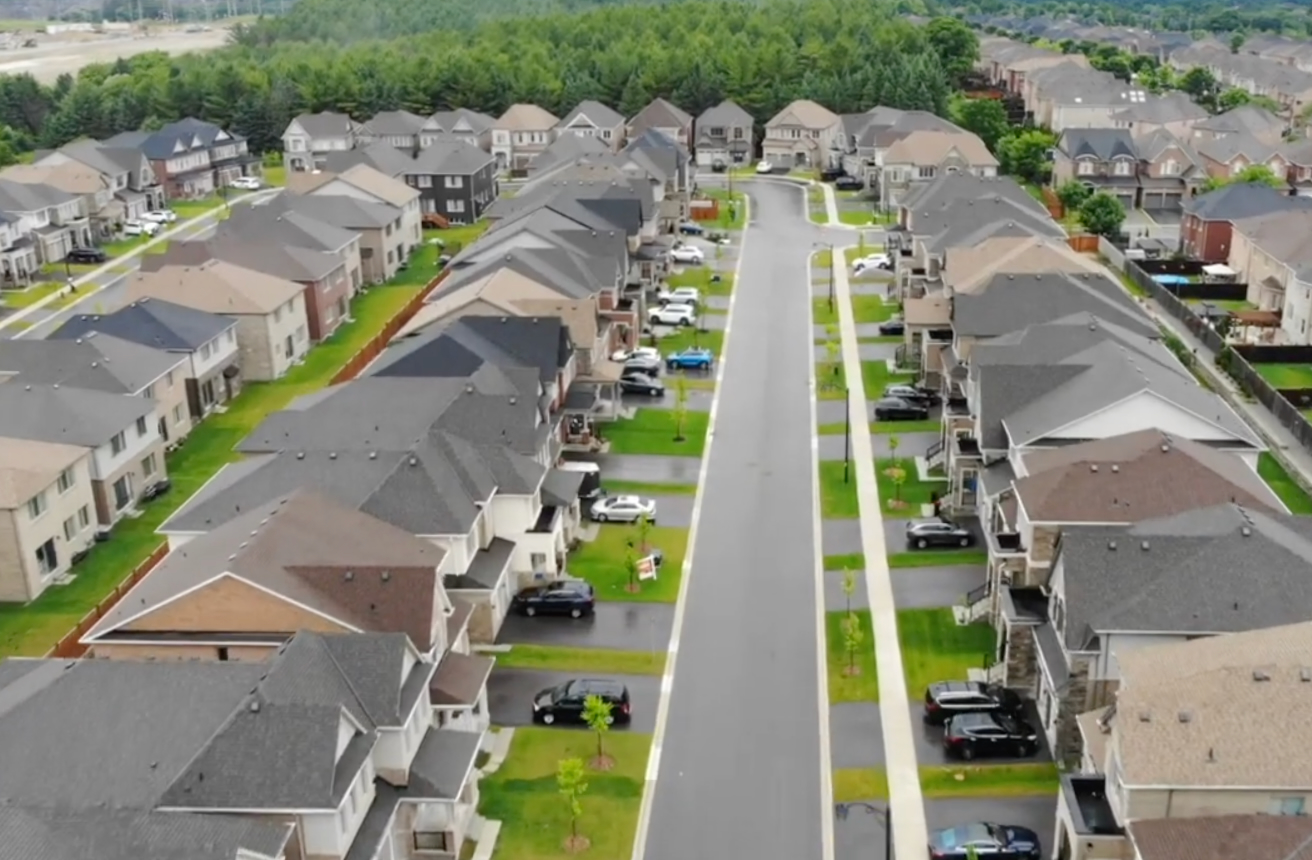By Sean Tracey, Deputy Chief (retired)
Chair HFSC Canada
In order to advance its 17 Sustainable Development goals, the Government of Canada notes that their achievement “requires a whole-of-government and whole-of-society effort to build stronger, safer, and more inclusive communities that leave no one behind.” 1 Goal 11 “aims to make cities and human settlements inclusive, safe, resilient and sustainable.” While these are daunting goals, safe homes are achievable and installed home fire sprinklers have a powerful and important role to play.
While the construction industry and municipal leaders work to ensure that individual structures are built using sustainable materials and practices, safety advocates can voice the importance of making these buildings and residential housing sustainable over their lifespan as they consider the infrastructure needed to support these new communities. Every discussion should consider how new structures and the communities in which they’re built may be impacted by fire.
The record is clear that fire sprinklers stop fires before they can spread, protecting occupants and lessening property damage. What’s not as well known is that this proven fire protection technology also favorably impacts the environment when fire strikes.
The most thorough recent research to compare sprinklered and non-sprinkler-protected properties was performed by FM Global (now FM) in 2010. These impressive findings were reaffirmed by FM in 2021. The study demonstrated the environmental impact of a typical single-family residence with and without fire sprinklers. FM’s research verified that when sprinklers were present, they contained or suppressed the fire and as a result:
- Greenhouse gas emissions were cut by 97.8%
- Water usage was reduced between 50% and 91%
- Fewer persistent pollutants, such as heavy metals, were found in sprinkler wastewater versus fire hose water
- The high pH level and pollutant load of non-sprinkler wastewater are an environmental concern
The findings of significantly lower impacts on the environment make clear that installed fire sprinklers should be a component of any discussion of sustainable communities.
Since the ground-breaking FM study, we have come to better understand some of the airborne toxins likely to be present in fire. Studies have shown that smoke contains toxic levels of polycyclic aromatic hydrocarbons (PAHs), volatile organic hydrocarbons (VOCs), dioxins and more. We have more complex chemicals found in everyday household items that when they burn, they release cancer-causing toxins into the air and water sources. The impact of these affects everyone and every aspect of our communities.
In my past life with the Royal Canadian Air Force, we were trained to evacuate 1 km downwind from a CF-18 crash/fire due to the exposure threat from the burning carbon fibres. Today, a wealth of consumer goods is manufactured with carbon fibres and are found in our homes. We can with certainty state that sprinklers control and even stop fires before rooms can flashover, minimizing the spread of heat and smoke.
Among the discussions around sustainable building are the costs to build these homes. This is another opportunity to educate stakeholders about fire sprinklers. For many years now, HFSC has been a major proponent of using incentives to increase fire sprinkler protection of new homes and developments. These incentives are successfully reducing the costs of construction across the US and Canada, making them increasingly appealing to builders and developers. But local utilities are also taking notice.
Fire sprinklers effectively reduce impacts on municipal infrastructure, specifically water demand for firefighting. In Canada, water demand calculations are based on the Fire Underwriters Survey (FUS) formula. Because water demand for firefighting is several times higher than normal domestic consumption, water mains must be oversized. Water then flows less efficiently in these oversized lines leading to risks of contamination. Potable water is therefore flushed through and wasted or heavily treated to avoid the problems due to low flow. Here’s the solution: By building developments with installed fire sprinklers, the water supply requirements can be reduced by 50%. This means smaller water mains and more efficient use of water, achieving a significant cost savings.
Using incentives to promote the installation of fire sprinklers can address other municipal design factors, such as lot line separations resulting in more dense developments, construction in areas not previously accessible to the fire services, and more. Again, the benefits of sprinklers far outweigh the costs.
So when given the opportunity to educate stakeholders in your community, be sure to include discussion of their direct environmental benefits, life safety benefits for residents as well as firefighters, whole community protection, and municipal cost savings. Soon they’ll be able to see a more complete picture. Sprinklers are not just smart they are genius.
1. https://www.canada.ca/en/employment-social-development/programs/agenda-2030.html

